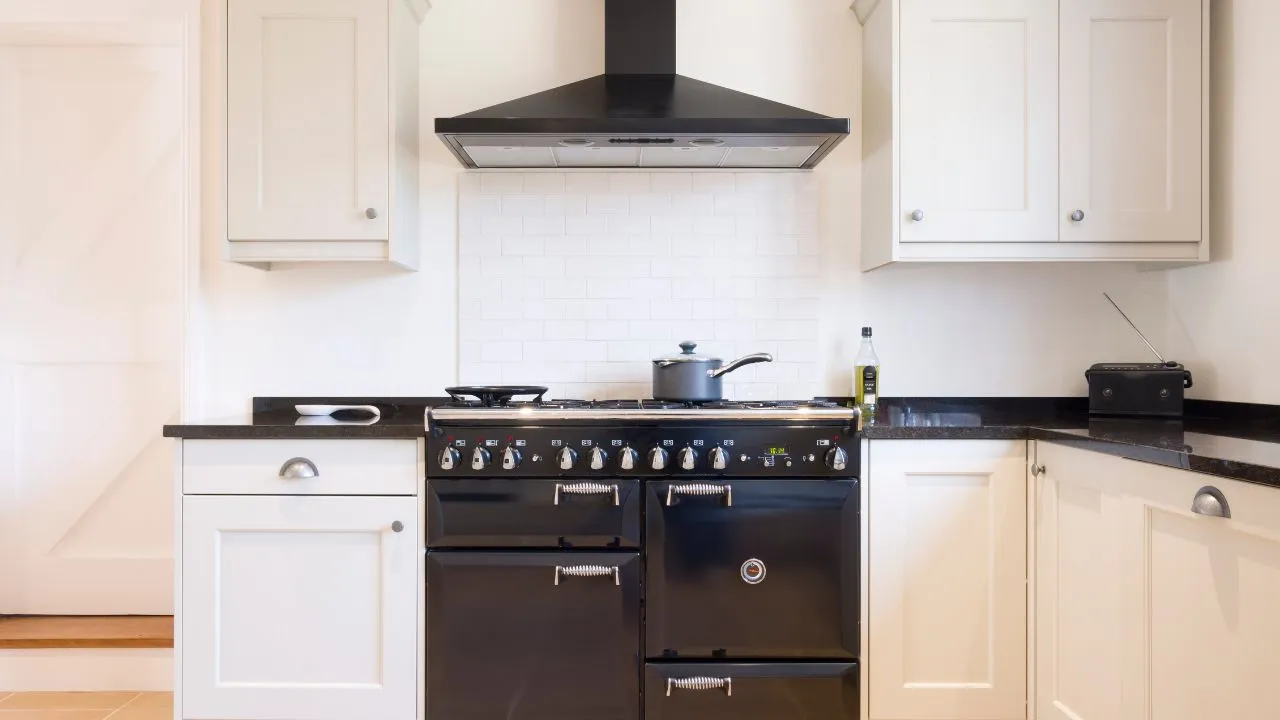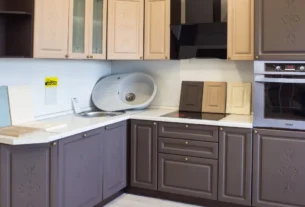In today’s modern Indian homes, the kitchen isn’t just a place to cook—it’s the heart of family gatherings, conversations, and memories. But with all the frying, sautéing, and tadka we love so much, comes smoke, oil, and lingering odors that can stain walls and harm indoor air quality. That’s why a kitchen chimney has gone from a luxury to a necessity.
However, with hundreds of models, types, and technologies available, selecting the right chimney can feel overwhelming. This comprehensive guide will walk you step by step through everything you need to consider, from chimney types and suction capacity to design and maintenance tips.
1. Understand Why You Need a Chimney
Before you dive into technical details, it’s important to be clear about why you need a chimney:
- Smoke Control: Indian cooking generates a lot of smoke, especially when deep-frying or tempering spices.
- Grease Management: Oil particles settle on cabinets and tiles over time, making them sticky.
- Odor Reduction: A chimney helps eliminate strong cooking smells.
- Better Air Quality: It improves ventilation and reduces indoor pollution.
- Kitchen Aesthetics: A chimney lends a clean, organized look to your kitchen.
Once you recognize these benefits, it becomes easier to invest confidently in a suitable model.
2. Types of Kitchen Chimneys
Broadly, chimneys come in two categories based on installation:
➤ Wall-Mounted Chimneys
- Fixed against the kitchen wall.
- Ideal for traditional Indian kitchens where the stove is near a wall.
- Most popular in India.
➤ Island Chimneys
- Suspended from the ceiling.
- Used in open kitchens where the cooktop is on an island.
- Usually more expensive and stylish.
There are also Built-In Chimneys that blend seamlessly with cabinetry for a concealed look.
3. Choosing the Right Chimney Size
Size matters more than you might think. A chimney that’s too small won’t absorb smoke effectively.
Standard Rule:
The chimney should be slightly wider than the size of your cooktop.
Common Sizes:
- 60 cm width (2–4 burners)
- 90 cm width (3–5 burners)
If you have a large family or do a lot of heavy cooking, always go for the 90 cm model.
4. Suction Power: The Heart of Performance
Suction capacity refers to how much air the chimney can suck in an hour, measured in cubic meters per hour (m³/hr).
How to calculate the ideal suction power for your kitchen:
- Find your kitchen volume: Length × Width × Height
- Multiply this by 10 to get the minimum suction capacity.
Example:
Kitchen size = 4m x 3m x 2.5m = 30 m³
Ideal suction = 30 x 10 = 300 m³/hr minimum
However, Indian kitchens need higher suction due to frying and heavy spices. Most modern chimneys range between 700 to 1200 m³/hr.
Tip:
Choose higher suction power (900+ m³/hr) if you:
- Cook oily food frequently.
- Use a tandoor or deep-fryer.
- Cook for a large family.
5. Filters: The Unsung Heroes
Filters are the heart of a chimney’s effectiveness. They trap grease, oil, and particles.
➤ Mesh Filter
- Made of multiple layers of aluminum mesh.
- Needs cleaning every 7–10 days.
- Less efficient for Indian kitchens.
➤ Baffle Filter
- Multi-layer panels that use “cut and chop” technology to separate grease.
- Best suited for Indian cooking.
- Easy to clean (monthly) and highly durable.
➤ Carbon Filter
- Contains charcoal to absorb odors.
- Often used along with mesh or baffle filters.
- Needs replacement every 3–6 months.
Recommendation:
For Indian kitchens, baffle filters are the most practical and effective.
6. Ducted vs. Ductless Chimneys
Another critical decision is whether you prefer:
➤ Ducted Chimney
- Expels smoke and fumes outside via a duct.
- Highly efficient in removing smoke and moisture.
- Needs proper duct installation.
➤ Ductless Chimney
- Recirculates air back into the kitchen after filtering it.
- Easier to install, no ductwork required.
- Less effective at removing heat and humidity.
Verdict:
If possible, go for ducted chimneys—they work better for heavy Indian cooking.
7. Auto-Clean Technology: A Game Changer
Many modern chimneys come with auto-clean features. This is especially useful in India.
How It Works:
- A heating element melts oil particles.
- Oil is collected in a detachable tray.
Advantages:
- Minimal manual cleaning.
- Better performance over time.
If you cook regularly, auto-clean is worth the investment.
8. Design and Aesthetics
Your chimney should blend seamlessly with your kitchen design.
Popular Styles:
- Curved glass: Elegant and effective.
- Pyramid: Classic and functional.
- Box-type: Modern, sleek look.
Also, consider:
- LED lights for better visibility.
- Touch controls or motion sensors for ease of use.
- Digital display panels.
9. Budget and Warranty
Price Range:
- Basic models: ₹5,000–₹10,000
- Mid-range auto-clean: ₹10,000–₹18,000
- Premium designer models: ₹20,000–₹40,000+
Warranty:
- Always check for a minimum 1–2 years warranty on the chimney body and 5–7 years on the motor.
10. Installation and Maintenance Tips
Installation Checklist:
- The chimney should be 24–30 inches above the cooktop.
- Duct length should not exceed 10–12 feet with minimal bends.
- Get installation done by an authorized technician.
Maintenance Tips:
- Clean baffle filters monthly.
- Empty oil collector regularly.
- Wipe exterior surfaces with a damp cloth.
Top Brands in India (2025)
Here are some reliable brands known for good after-sales service:
✅ Faber
✅ Elica
✅ Hindware
✅ Glen
✅ Kaff
✅ Bosch
Compare warranties, installation support, and filter types when choosing.
Conclusion
A kitchen chimney isn’t just about removing smoke—it’s about creating a healthier, cleaner, and more pleasant cooking experience. By considering factors like suction power, filter type, chimney size, and design, you can pick the perfect model that suits your cooking habits and budget.
Take your time to compare options, read user reviews, and consult with professionals. Remember, a good chimney is an investment that will serve you well for years.






